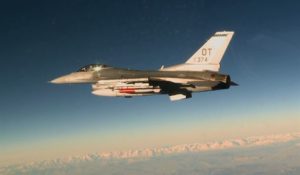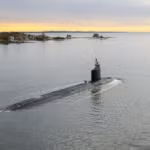
After delays attributed to unsuitable electrical components, the National Nuclear Security Administration (NNSA) now plans to manufacture the first refurbished B61-12 nuclear gravity bomb and W88 Alt-370 submarine-launched ballistic-missile warhead in 2022 and 2021, respectively, a senior agency official said here Monday. That would mean between a one- and two-year delay for the B61-12 first production unit, which the civilian nuclear weapons agency now thinks it will finish in the first quarter of 2022, and between a one- and two-year…

 By
By 











